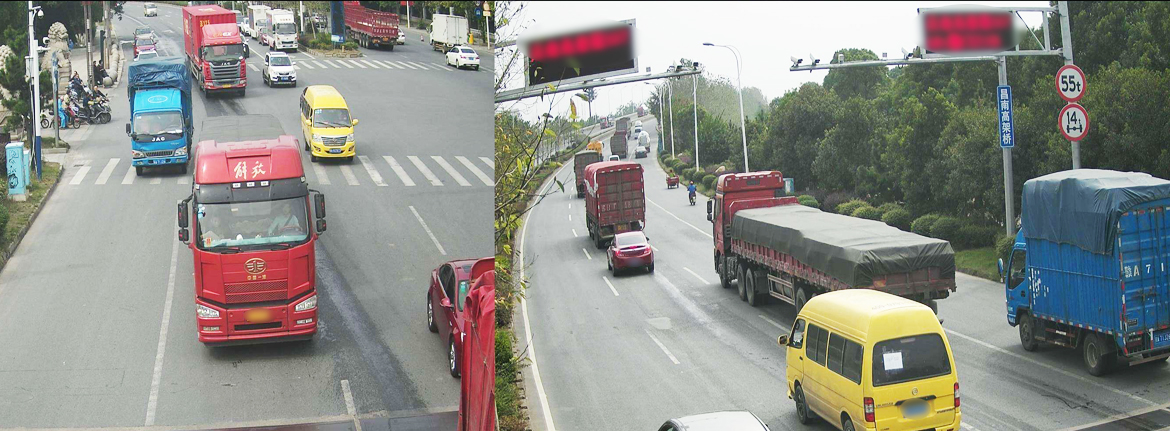RFID has become a hot spot in the market in the past two years. With the progress of micro integrated circuits, micro intelligent RFID tags have been greatly developed. Breakthrough in low power IC technology has created conditions for the development of small and low power active tags. Passive tags do not need batteries, and the magnetic field generated by the reader-writer provides the energy needed for operation, but the reading distance is relatively short, and one-way communication has great limitations. RFID active electronic tags not only have all the characteristics of passive electronic tags, but also have the advantages of longer reading distance, two-way communication, longer service life, more reliable performance, etc.
What is RFID?
RFID is the abbreviation of RadioFrequencyIdentification. Often referred to as inductive electronic chips or proximity cards, inductive cards, contactless cards, electronic tags, electronic bar codes, etc.
RFID system group Tag: consists of coupling elements and chips, each RFID tag has a unique electronic code and is attached to the object to identify the target object, commonly known as electronic tag or smart tag; Reader: A device that reads (and sometimes writes) tag information, which can be designed as hand-held or fixed.
Antenna: Transmits radio frequency signals between RFID tags and readers.
A complete system also needs to have: data transmission and processing system.
RFID electronic tags: active tags, passive tags, semi-active and semi-passive tags.
The working principle of RFID: after the tag enters the magnetic field, it receives the radio frequency signal from the reader, and sends out the product information (PassiveTag, passive tag or passive tag) stored in the chip with the energy obtained by induced current, or actively sends out the signal of a certain frequency (ActiveTag, active tag or active tag); The reader reads the information, decodes it and sends it to the central information system for data processing.
RFID technology: RFID radio frequency identification is a non-contact automatic identification technology. It automatically identifies target objects and obtains relevant data through radio frequency signals. The identification can work in various harsh environments without manual intervention. RFID technology can identify high-speed moving objects and multiple electronic tags at the same time, which is fast and convenient to operate.
Application of RFID Technology;
Short-range RFID products are not afraid of harsh environments such as oil stains and dust pollution, and can replace bar codes in such environments, such as tracking objects on factory assembly lines.
Long-distance radio frequency identification products are mostly used in traffic, and the identification distance can reach tens of meters, such as automatic charging or identification of vehicle identity.
1. In the retail industry, the application of bar code technology makes tens of thousands of commodity types, prices, producing areas, batches, shelves, inventories, sales and other links managed in an orderly manner.
2. Automatic vehicle identification technology is adopted to avoid queuing and customs clearance of vehicles in toll collection places such as roads and bridges, parking lots and the like and reduce time waste, thus greatly improving the transportation efficiency and the traffic capacity of transportation facilities;
3. On the automatic production line, all links of the whole production process are under strict monitoring and management.
4. In harsh environments such as dust, pollution, cold and heat, the application of remote radio frequency identification technology has improved the inconvenience that truck drivers have to get off the bus to go through the formalities.
5. In the operation management of buses, the automatic identification system accurately records the arrival and departure times of vehicles at various stations along the line, providing real-time and reliable information for vehicle dispatching and whole-process operation management.
RFID electronic tag technology is widely used. At present, typical applications include animal chip, access control, aviation package identification, document tracking management, package tracking identification, animal husbandry, logistics management, mobile commerce, product anti-counterfeiting, movement timing, ticket management, automobile chip burglar alarm, parking lot control, production line automation, material management, etc.
Seven Characteristics of RFID
Compared with traditional bar code identification technology, RFID has the following advantages:
1. Fast scanning
Barcodes can only be scanned one at a time; The RFID identifier can identify and read several RFID tags at the same time.
2. Miniaturization in volume and diversification in shape
RFID is not limited by size and shape in reading, and does not need to match the fixed size and printing quality of paper for reading accuracy. In addition, RFID tags can be further miniaturized and diversified to be applied to different products.
3. Pollution resistance and durability
The carrier of traditional barcode is paper, so it is easy to be polluted, but RFID has strong resistance to water, oil, chemicals and other substances. In addition, because bar codes are attached to plastic bags or outer packing cartons, they are particularly vulnerable to breakage. The RFID tag stores data in the chip, so it can be protected from contamination.
4. Reusable
Today's bar code cannot be changed after it is printed. RFID tags can repeatedly add, modify and delete data stored in RFID tags to facilitate information update.
5. Penetrating and Barrier-free Reading
When covered, RFID can penetrate non-metallic or non-transparent materials such as paper, wood and plastic, and can carry out penetrating communication. The bar code scanner must be in close proximity and not blocked by objects before it can read the bar code.
6. Large memory capacity of data
The capacity of one-dimensional barcode is 50Bytes, the maximum capacity of two-dimensional barcode can store 2 to 3000 characters, and the maximum capacity of RFID is MegaBytes. With the development of memory carriers, the data capacity also has a trend of continuous expansion. In the future, the amount of data items need to carry will become larger and larger, and the demand for volume expansion of labels will increase accordingly.
7. Safety
Because RFID carries electronic information, its data content can be protected by passwords, making its content not easy to be forged or altered.
In recent years, RFID has attracted much attention due to its long-distance reading and high storage capacity. It can not only help an enterprise to greatly improve the efficiency of goods and information management, but also interconnect sales enterprises and manufacturing enterprises, thus receiving feedback information more accurately, controlling demand information and optimizing the entire supply chain.




